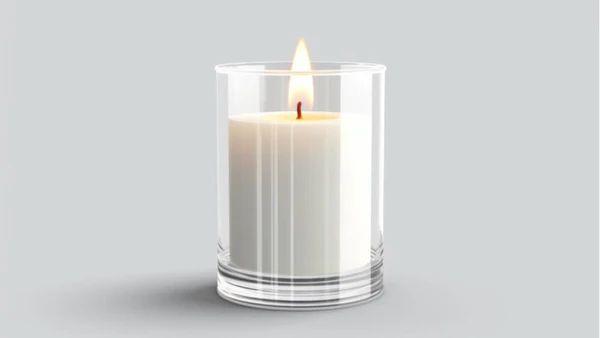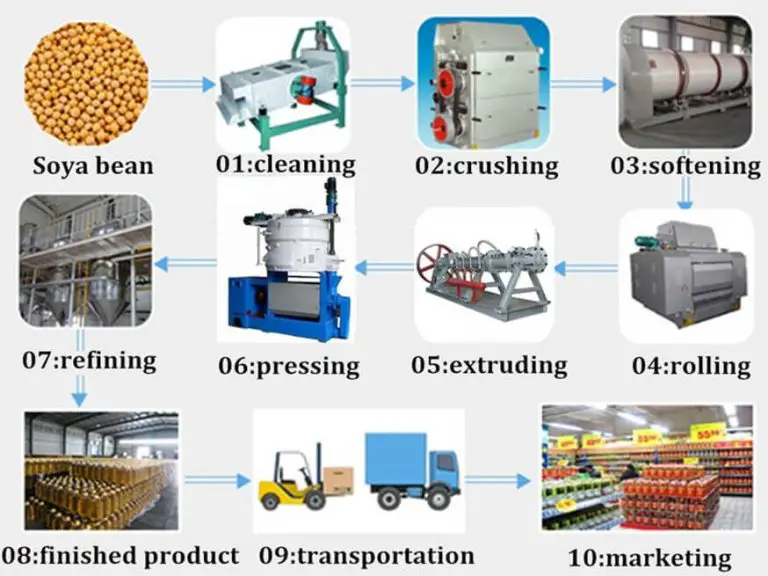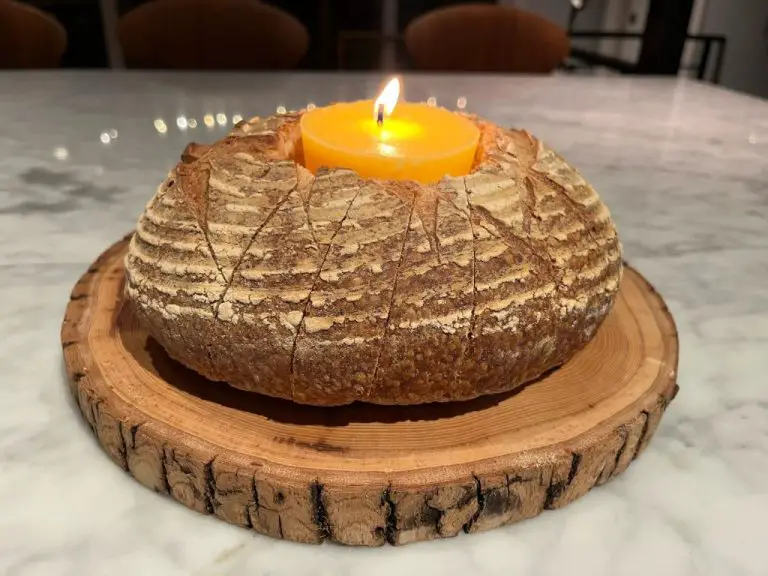What Material Are Wicks?
A candle wick is a specially designed string that is inserted into candle wax to deliver fuel to the flame. The main purpose of a wick is to draw liquefied wax up into the flame through capillary action so that the wax can be burned and produce light. As the wax melts, the wick absorbs the liquid fuel and brings it up to the flame. The wick also helps regulate the flame’s size and shape. Without a properly sized wick, a candle will not burn efficiently.
Wicks are usually made from materials like cotton, paper, wood, or fiberglass. The material needs to be porous and rigid enough to stand upright when embedded in the wax. The wick transfers the liquid wax fuel to the flame through capillary action. As the wax vaporizes, the wick curls and forms a mushroom or teardrop shape, which helps sustain the flame. Choosing the right wick material and size is important for proper candle burning and minimizing smoke.
Common Wick Materials
Some of the most common materials used to make wicks include:
Cotton
Cotton is one of the most popular wick materials. It’s versatile, readily available, and affordable. Cotton wicks are commonly used in candles, oil lamps, and hydroponic systems (source). The cotton fibers provide good capillary action to absorb and disperse fuel.
Wood
Wooden wicks are made of natural hardwoods like birch or bamboo. They have small grooves that crackle when lit, providing a pleasant sound. Wood wicks are often used in soy candles because they burn cleaner than cotton (source).
Paper
Paper wicks are made from thin strips of paper tightly rolled or braided together. They are inexpensive and easy to make at home. However, paper wicks tend to burn faster than other materials and may need to be trimmed frequently (source).
Fiberglass
Fiberglass wicks are made by twisting strands of fiberglass or weaving them with cotton. They have good stiffness and burn cleaner than all-cotton wicks. However, fiberglass wicks can emit small glass particles and are avoided by some candle makers.
Cotton

Cotton is one of the most common wick materials used in candles. It is valued for its absorbency, flammability, and cost.
Cotton’s absorbent fibers efficiently pull melted wax up to fuel the flame. This capillary action prevents tunneling and promotes an even, consistent burn. Cotton wicks also have good flame resistance thanks to their cellulose composition. When lit, cotton forms a glowing ember that combusts the wax vapors.
Cotton’s affordability makes it the most budget-friendly option. It can be purchased cheaply in bulk, keeping production costs low. While other specialty wick materials fetch a higher price, plain cotton wicks have an unbeatable value for cost-conscious candle makers.
Despite the prevalence of cotton wicks, some disadvantages exist. Cotton can produce more soot than other materials, creating messier burns. The fibers also lack stiffness, requiring tabbed or wired wicks for large diameter candles. Still, simple cotton serves as the standard wick choice for most candles.
Sources:
https://www.faire.com/product/p_58a7fcdppf
https://www.cnhighborn.com/7x73mm-PET-Rod-High-Polymer-Microporous-Glue-Free-Process-Mosquito-Killer-Wick-pd729887298.html
Wood
Wood is a common natural material used to make wicks for candles. There are some key considerations when using wood for wicks:
Hardwood vs. softwood – Hardwoods like oak, maple, and hickory are denser and burn slower than softwoods like pine, cedar, and fir. Hardwoods make better wicks as they resist bending and last longer. [1]
Density – Dense woods burn slower and are less likely to create big flames or produce smoke. The densest woods make the best wicks. Soft porous woods tend to burn quickly and unevenly. [2]
Flammability – Some woods contain flammable resins or oils that can cause the wick to burn too quickly or create more smoke. Woods like cedar and pine tend to be more flammable. Hardwoods without much sap or oil are less flammable.
Paper
Paper is a very common material used for wicks in candles. Some key properties of paper that make it suitable for candle wicks include:
Absorbency – Paper is designed to absorb liquids effectively. This allows a paper wick to soak up melted wax and keep a sustained burn (Source: properties of paper). The absorbent nature of paper makes it very suitable for wick material.
Cost – Paper is generally an inexpensive material. Paper wicks are very affordable compared to other wick materials. This makes candles with paper wicks cost-effective for many applications (Source: Paper Wicks Explained).
Environmental Impact – Paper is biodegradable and renewable material. This makes it an environmentally friendly choice compared to synthetic wick materials. Paper wicks have a lower carbon footprint than plastic-based wicks (Source: Paper Core Wick).
Fiberglass
Fiberglass is a popular wick material known for its non-flammable properties. It is made of very fine fibers of glass that provide durability and stability. According to the study by Wang (2017), fiberglass wicks have high capillary action which allows for effective moisture movement and wicking properties.
The non-flammable nature of fiberglass makes it suitable for use in candles, oil lamps, and other applications where an open flame is present. Unlike materials like cotton, fiberglass does not easily ignite when it comes into contact with fire. This helps prevent accidental fires and makes fiberglass a safer option.
In addition to being non-flammable, fiberglass offers durability and strength. The glass fibers are resistant to fraying and breaking down over time. Fiberglass wicks have a longer lifespan compared to other materials. This durability also provides consistency in wicking performance over the life of the wick.
According to Wang (2017), fiberglass has excellent wicking capabilities to draw fuel up the wick through capillary action. The fine glass fibers create a strong capillary network for fuel to travel upwards. This allows fiberglass wicks to effectively transport melted wax or oil to the top of the wick for clean and consistent burning.
Other Materials
In addition to the more common natural wick materials like cotton, wood, and paper, some less common materials have also been used for wicks.
One historic material used for candle wicks was asbestos. Asbestos wicks don’t burn down as fast as cotton ones, and they are more rigid, which helps them stay upright in the melted wax. However, asbestos is a known carcinogen, so it is no longer used for wicks today due to health concerns.
Another metal historically used was zinc. Zinc-cored wicks were common in the 1800s. The zinc helped the wick maintain an upright shape and made candles burn longer. But zinc could lead to black smoke emissions and was phased out by 1920 due to poor indoor air quality.
Lead was also sometimes incorporated into wicks centuries ago. Lead helped stiffen the wick. But like zinc, lead releases toxic smoke when burned and caused health issues. Lead wicks have not been used in candles for over a century due to the known toxicity of lead.
Wick Braiding
The method of braiding the wick fibers is an important factor in how the wick burns. Wicks can be braided in different patterns that affect the shape and burn properties.
Some common braiding methods include:
- Square braids – Fibers are braided in a square pattern, creating a flat wick that provides a wide flame spread. Square braids tend to burn faster.
- Round braids – Fibers are braided in a round, spiral pattern creating a cylindrical wick. Round braids burn slower and more evenly than square braids.
- Cored wicks – Thin wicks are wrapped around a core material like cotton to provide more support. The core helps the wick stay upright as it burns.
- Flat braids – Fibers are braided into a flat, tape-like wick. Flat braids offer a wide flame spread but slower, more even burn time than square braids.
The shape and density of the braiding pattern impacts wick stiffness, flame spread, and burn rate. Wick braiding is optimized based on the wax, fuel load, and desired burn properties of the candle. Braided fiber wicks are generally preferred over twisted wicks for an even, consistent burn.
Wick Sizing
Proper wick sizing is critical for a high quality candle. The three main factors that determine appropriate wick sizing are wick diameter, wick length, and desired wax pool size.
Wick diameter affects how quickly the wick burns and the size of the flame. Thicker wicks allow more wax to melt and lift into the flame, creating a larger wax pool. Thinner wicks produce smaller flames and wax pools. Most manufacturers provide wick sizing charts to match wick diameter with candle diameter and wax type for ideal results.
Wick length also impacts flame size and wax pooling. Longer wicks tend to produce larger flames and pools versus shorter wicks. Wicks should be trimmed to 1/4″ to 1/2″ above the cured wax before burning to prevent excessive sooting and mushrooming.
The ideal wax pool size depends on the candle diameter and design. Larger candles require wider wax pools for sufficient scent throw and an even burn. But pools shouldn’t extend to the edge, preventing tunneling. Testing different wick sizes to achieve the target wax pool for each candle design is key.
Conclusion
There are a variety of materials used to make wicks, each with their own properties and uses. The most common wick materials are cotton, wood, paper, and fiberglass. Cotton and paper tend to be softer and more flexible, while wood and fiberglass wicks are stiffer and more durable. The material chosen depends on factors like the type of fuel being used and desired flame characteristics.
The width and braiding pattern of the wick also impact how it performs. Wider wicks and tighter braids tend to provide more fuel flow. Proper wick sizing relative to the fuel container is important to ensure good capillary action and an even, consistent flame. Wicks that are too wide or too narrow for a given application will not burn efficiently.
In summary, wick selection involves considering the fuel source, the desired flame properties, the type of burning application, and getting the right fit for the fuel container. With so many options available, there is a suitable wick material and design for virtually any application.




